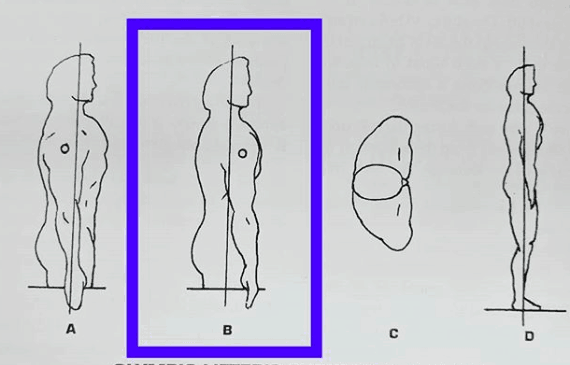Low, Wide with Press
Low, Wide with Back Arch Emphasis
Back Arch/Length Emphasis with Flexion
Shoulder Mobility while Keeping Length
Shoulder Position
Lat Spread with Shoulder Position

Low, Wide with Press
Low, Wide with Back Arch Emphasis
Back Arch/Length Emphasis with Flexion
Shoulder Mobility while Keeping Length
Shoulder Position
Lat Spread with Shoulder Position